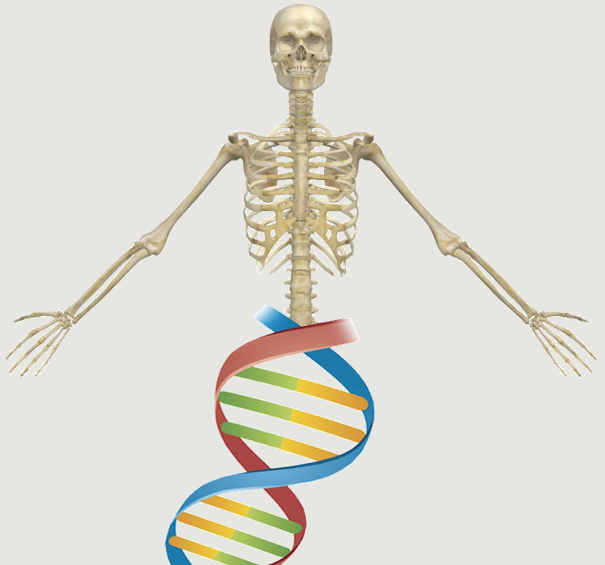Abstract:
Nearly all bone fractures in humans can deteriorate into a non-union fracture, often due to formation of fibrotic tissue. Cranial allogeneic bone grafts present a striking example: although seemingly attractive for craniofacial reconstructions, they often fail due to fibrosis at the host-graft junction, which physically prevents the desired bridging of bone between the host and graft and revitalization of the latter. In the present study we show that intermittent treatment with recombinant parathyroid hormone-analogue (teriparatide) modulates neovascularization feeding in the graft surroundings, consequently reducing fibrosis and scar tissue formation and facilitates osteogenesis. Longitudinal inspection of the vascular tree feeding the allograft has revealed that teriparatide induces formation of small-diameter vessels in the 1st week after surgery; by the 2nd week, abundant formation of small-diameter blood vessels was detected in untreated control animals, but far less in teriparatide-treated mice, although in total, more blood capillaries were detected in the animals that were given teriparatide. By that time point we observed expression of the profibrogenic mediator TGF-beta in untreated animals, but negligible expression in the teriparatide-treated mice. To evaluate the formation of scar tissue, we utilized a magnetization transfer contrast MRI protocol to differentiate osteoid tissue from scar tissue, based on the characterization of collagen fibers. Using this method we found that significantly more bone matrix was formed in animals given teriparatide than in control animals. Altogether, our findings show how teriparatide diminishes scarring, ultimately leading to superior bone graft integration.
Notes:
Cohn Yakubovich, Doron Eliav, Uzi Yalon, Eran Schary, Yeshai Sheyn, Dmitriy Cook-Wiens, Galen Sun, Shuting McKenna, Charles E Lev, Shaya Binshtok, Alexander M Pelled, Gadi Navon, Gil Gazit, Dan Gazit, Zulma eng Bone. 2017 Apr;97:192-200. doi: 10.1016/j.bone.2017.01.020. Epub 2017 Jan 21.
Website

